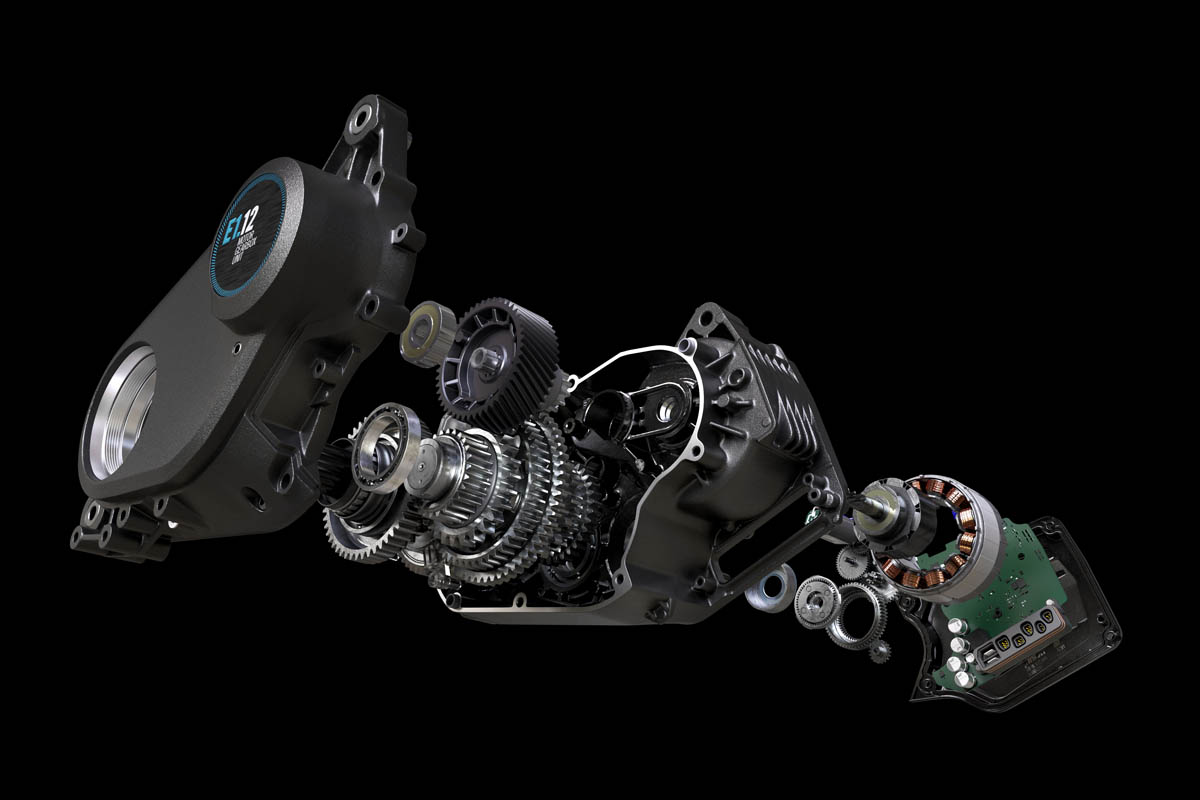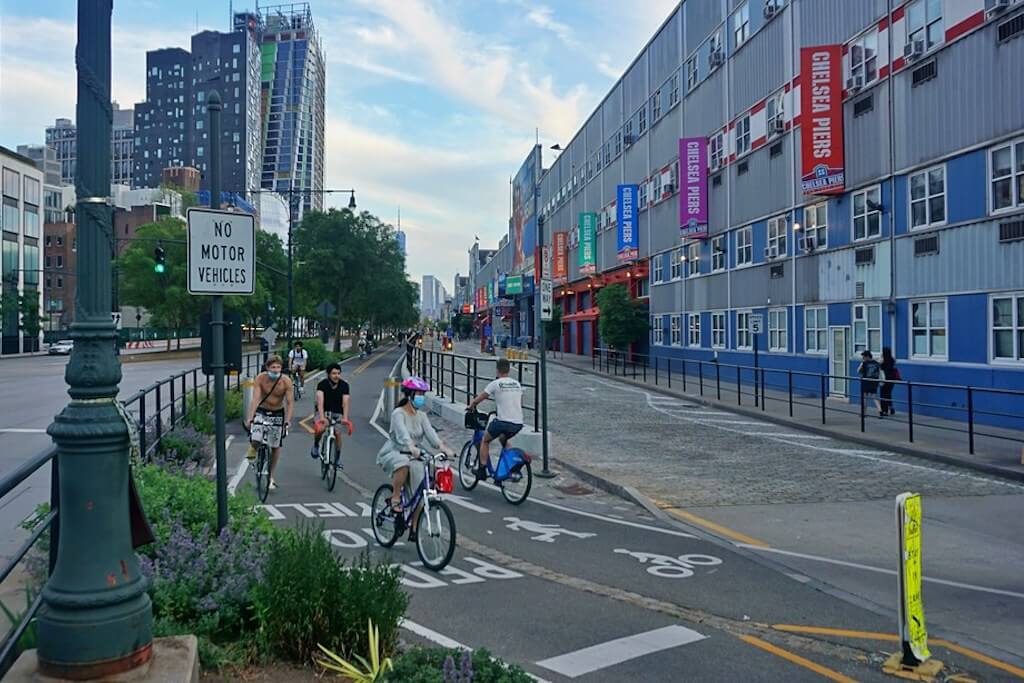Confusion remains, where did 500W e-bike consultation come from and why?
The post Confusion remains, where did 500W e-bike consultation come from and why? appeared first on Cycling Electric. The Department for Transport’s consultation on whether or not e-bike motors should be permitted in the UK to put out 500W of power remains shrouded in mystery as to its origins, with a meeting of interests last night delivering more questions than answers. Streamed publicly last night, the APPGCW organised meeting drew on the input […] The post Confusion remains, where did 500W e-bike consultation come from and why? appeared first on Cycling Electric.

The post Confusion remains, where did 500W e-bike consultation come from and why? appeared first on Cycling Electric.
The Department for Transport’s consultation on whether or not e-bike motors should be permitted in the UK to put out 500W of power remains shrouded in mystery as to its origins, with a meeting of interests last night delivering more questions than answers.
Streamed publicly last night, the APPGCW organised meeting drew on the input from the UK’s largest bike manufacturer, bike industry trade associations, cargo bike logistics leaders and disability charity Wheels for Wellbeing, each of which had marginally differing takes on what the future path should be, yet unanimously seemed to agree that your standard electric bike, for reasons we’ll go on to explain, should remain with a 250W power output limit.
Starting the dialogue, Julian Scriven, the Managing Director of Brompton Bike Hire and a representative of what is the UK’s largest bike maker, said ‘Reputable bike manufacturers will not make a specific bike for the UK, the cost to do that would be far too high. Nobody I’ve spoken to wants this, so the big question is why? Not a single bicycle trade body is for it; we don’t know who wants this. If the intent is to get more people cycling, fantastic, but there exists no case study to show a bigger motor achieves this. We do have hundreds examples like Paris, or the USA’s subsidies. We can do hundreds of different things to get more people cycling, but from a Brompton point of view we think this idea will only diminish the home market.’
With Brompton on the record as uninterested in bending to a new regulation, it’s fair to assume other manufacturers of its scale will take a similar stance, in fact we know that to be true. This, we were told, would only stimulate the grey market, for which the London Fire Brigade warns is central to the increasing rate of fires attributed to electric bikes. Of course these conversion kits that are causing the fires in many cases, take the bicycle well beyond the classification of an electric bike and into that of a motor vehicle. Julian warned that to encourage the grey market is to encourage more fires and to cast a shadow over the legitimate electric bike market that could afflict the entire sector’s progress.
500W e-bike consultation: Logistics and standard electric bike use cases
One whisper in the bicycle industry as to the origins of the unusually sudden appearance of 500W consultation alluded to the cargo bike logistics space, now frequented by businesses as large as Amazon, where arguably an additional boost would be balanced out by the high load requirements of the vehicles. Here Ben Knowles, Founder and CEO of PedalMe came into the dialogue.
‘I’m here to give an alternative viewpoint,’ started Knowles, whose business has a fleet of near 100 bespoke built cargo bikes on London’s roads delivering parcels and people. ‘When we think about the risk of an activity we need to think about the risk of the activity it replaces and the risk is outsourced onto the individual in many delivery businesses, that is to say that the risk is overwhelmingly coming from self employed couriers at the moment. The Problem is not the strength of the e-assist, it’s that the kits operated in this market are unenforced and used by those operating outside law. Contractors do it to compete and there is no centralised control to dictate what kits are used; that has created the situation we see. It is nowhere near as bad as it is made out to be and we at PedalMe have never had a single incident on our Bosch systems. So, you have to think about the alternative risks, like couriers using homebrew kits, replacing mopeds, vans and cars on the road. In my opinion, the risk here that is keeping the more powerful e-assist in control of unregulated riders; PedalMe is the only FORS accredited e-cargo operator.’
Ben stopped short, then, of calling for anything more than opening up the 500W power to your every day e-biker. He gave a little further context to the potential business logistics case in stating that they employ riders of various fitness and skill, training each with a house-created programme to ensure safe operation and loading of its cargo bikes.
He added ‘We employ a wide range of staff fitness. For a 45 kilo employee to move a 300 kilo load can be hard. A greater e-assist would mean a wider pool of people could work for us and make employment more inclusive. There is too a consideration of where you can operate currently. London in general is great, but in the hilly areas of Highgate or Crystal Palace you have to be fit to move cargo bike at speed up hill loaded up. Cargo bike trips replace van trips and van trips by private contractors are dangerous in more cases, this safe alternative would be useful.’

500w E-bikes: The bike industry view
Nonetheless, the evolution of the cargo bike is fast differing it to that of a standard electric bike. Would it not be more appropriate to have that discussion separately, rather than apply a blanket 500W change to the regulations governing electric bikes?
Representing hundreds of the UK’s bicycle and electric bike businesses, the Bicycle Association’s Phillip Darnton said ‘The bike industry is not opposed to innovation and change, we see the enormous opportunity of light, zero emissions vehicles in the future. E-bikes are great for people not yet dreaming of cycling. However, there are well established procedures for certifying vehicles. There are DfT standards and international standards that we would expect to be applied to any change. We can’t imagine why the Government wouldn’t want tests and approvals to happen first.’
He continued ‘This proposed change suddenly popped up, but we can’t find anybody yet asking for this. We’ve done our skulking around the corridors and cannot find anybody proposing this change. Who wants it and why the urgency? Why make piecemeal change and why do it this way? Furthermore, where is the evidence for the need, the safety and utility implications and what are the risks? What are the unintended consequences?’
Darnton added that when electric scooter trials came to pass, the DfT made sure on and off road trials took place, inclusive of Transport Research Laboratory tests that satisfied a broad array of criteria, ranging speed to each and every design element, to optimise safety for both the rider and those around the user.

A slippery slope to e-bikes losing bicycle status?
As has been expressed previously by some of the industry’s leading voices in e-mobility, there is concern that by removing the need to pedal to engage the assisted motor that you no longer have a pedal cycle. This, it’s feared, is a slippery slope to an electric bike altogether losing its status as a bicycle and latterly becoming subject to the regulations that govern motor vehicles and require consumers to register with the DVLA, have mandatory insurance and a licence plate, among other things.
These things are seen as disproportionate to the kinetic energy and risk generated by a bicycle and, as mandatory helmet regulations have already achieved elsewhere in the world, would have the unintended consequence of reducing cycling levels and forcing people back to larger, faster, heavier, more congestion and more dangerous vehicles.
From kinetic energy to the energy that larger batteries and more powerful motors would require, Darnton says that such a change would too exacerbate the severity and risk of fires. He says ‘If you don’t pedal you’ll need more charging, higher currents, bigger batteries. While the DfT and the Home Office prefer people to buy from reputable high street retailers, now we’re asking for more fire risk?’
Also contributing and sharing the standpoint of disability charity Wheels for Wellbeing, Kate Ball offered a series of detailed slides on how introducing throttles capable of propelling heavy bikes to 15.5mph far quicker than they presently can would likely prove dangerous and why, permitted throttles capable of nearly 4mph are just right for most people with a disability are just enough to get them going, all the while saying there are exceptions to the rule, such as those that rely on electric handcycles.
She said ‘For disabled people the real barriers to entry are that there are no safe cycle routes, they cannot afford electric bikes and trikes and that they have nowhere to park them.’
Attention was likewise drawn to the use of Public Space Protection Orders and how a more powerful e-bike motor could result in worse access for disabled people, should more blanket ban attitudes be taken to restricting lighter wheeled vehicles.
Sharing another viewpoint of the pedestrian or cycle path user, Kate added that the energy created by a 500W e-bike motor and a cargo bike carrying as much as 600 kilos would produce substantially more energy in a crash, equating the weight to that of a Classic Mini. ‘Freewheeling down a hill you’d have five fold the energy of a current cycle,’ she said.
The 500W e-bike consultation remains live for another week and ready for comments from interested parties.
Would you like to try a regular, 250W electric bike ahead of a potential purchase? Why not come to Cycling Electric’s Demo Day on April 28th, where over 20 brands’ bikes will feature on the Lee Valley Velopark track.
The post Confusion remains, where did 500W e-bike consultation come from and why? appeared first on Cycling Electric.
What's Your Reaction?






























































